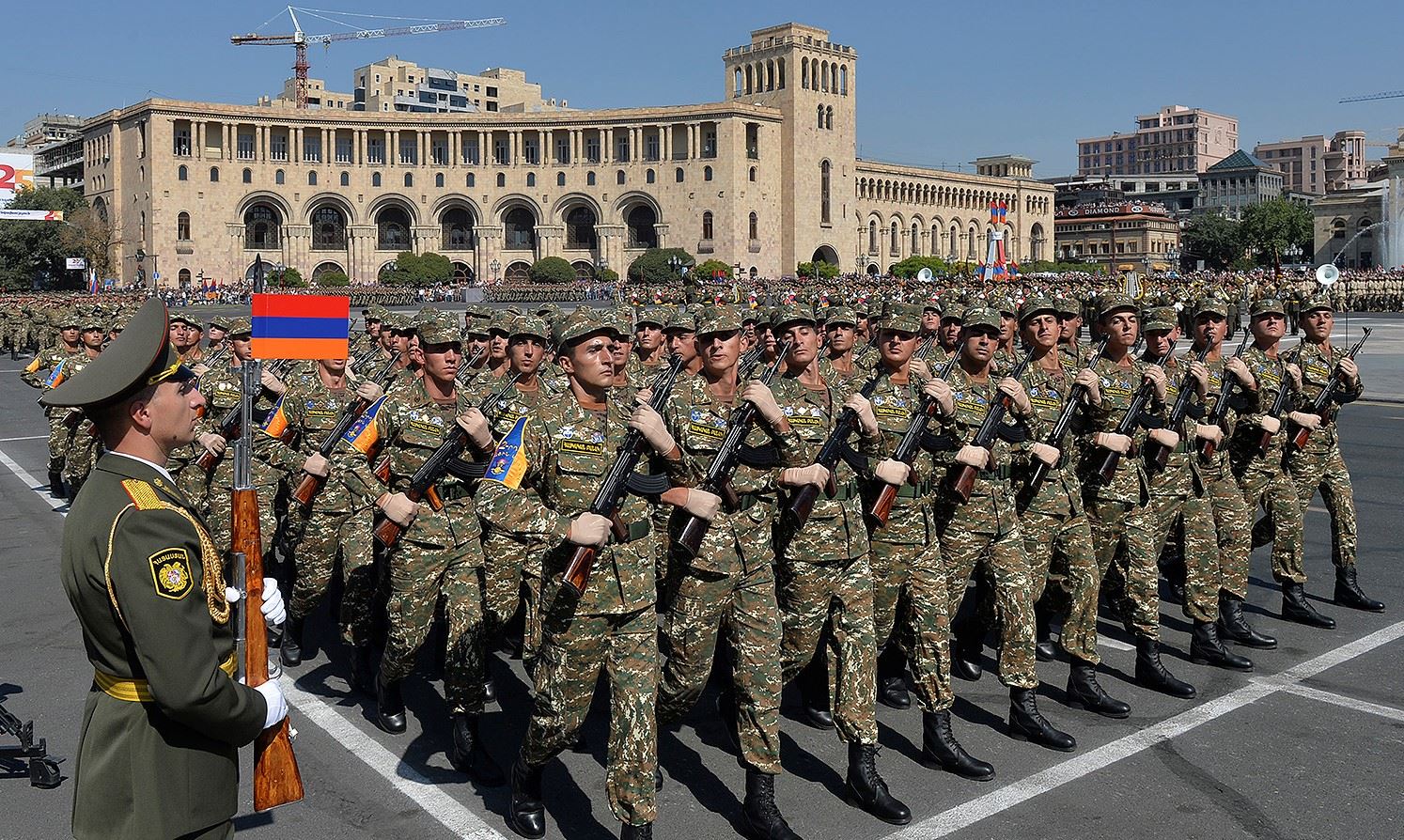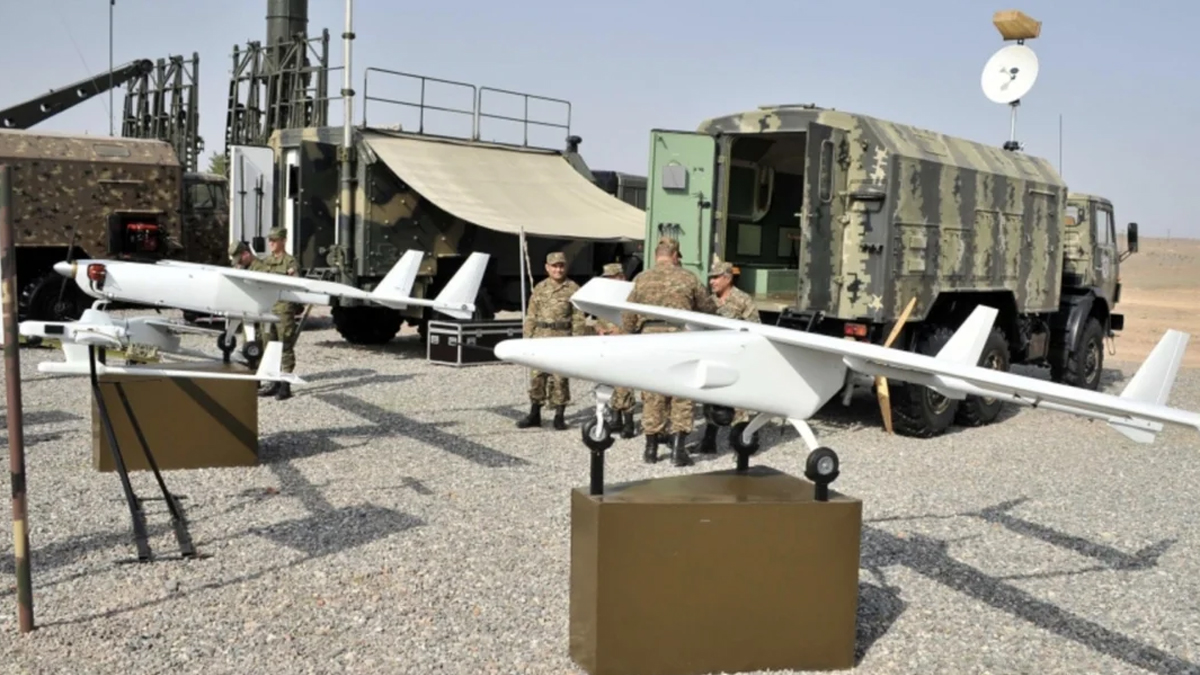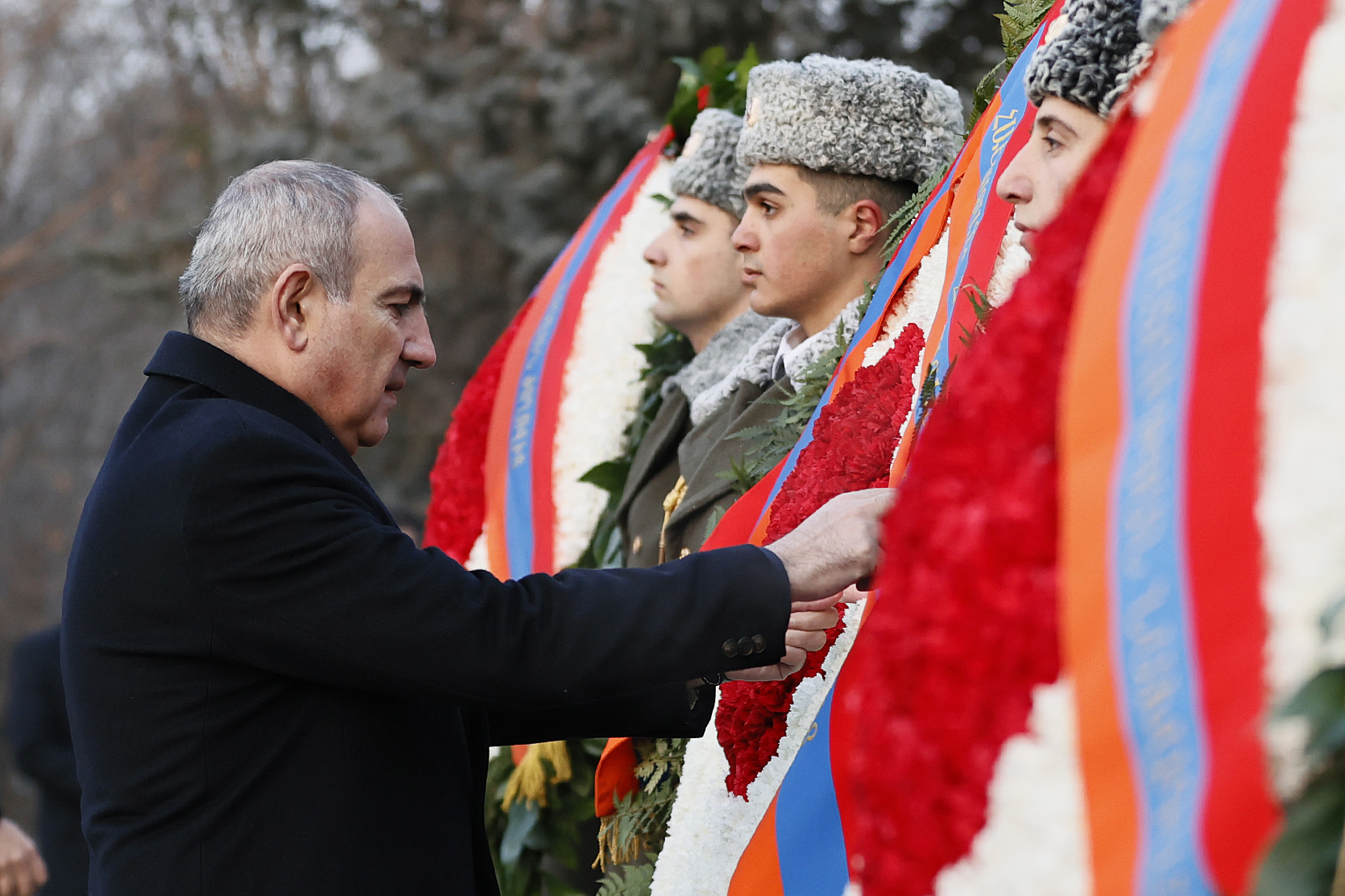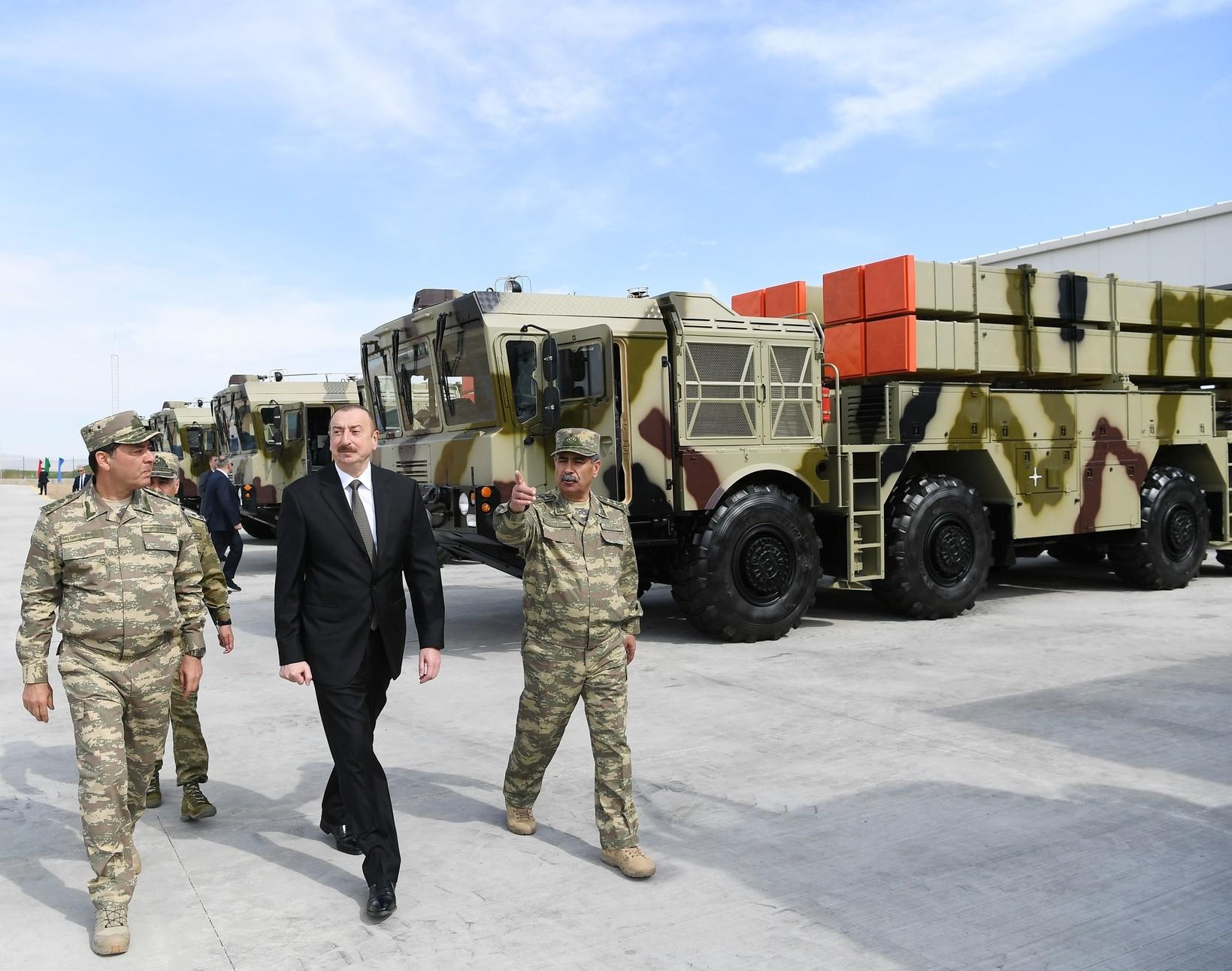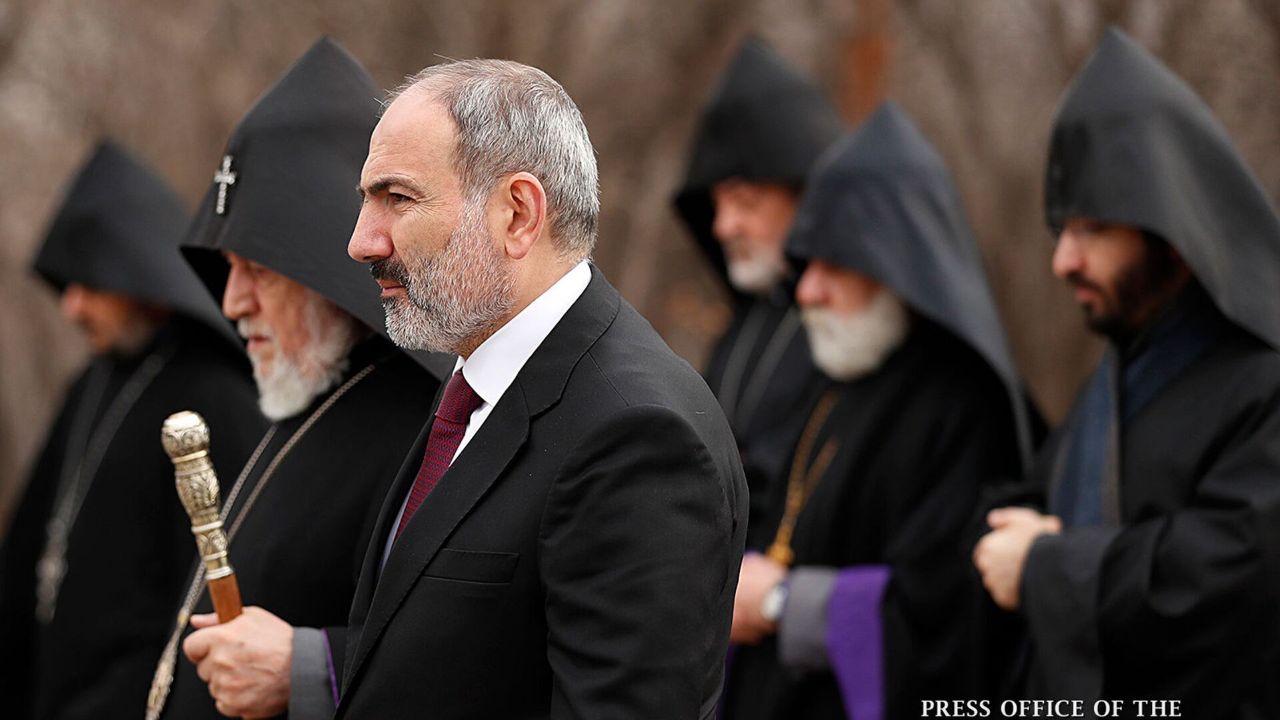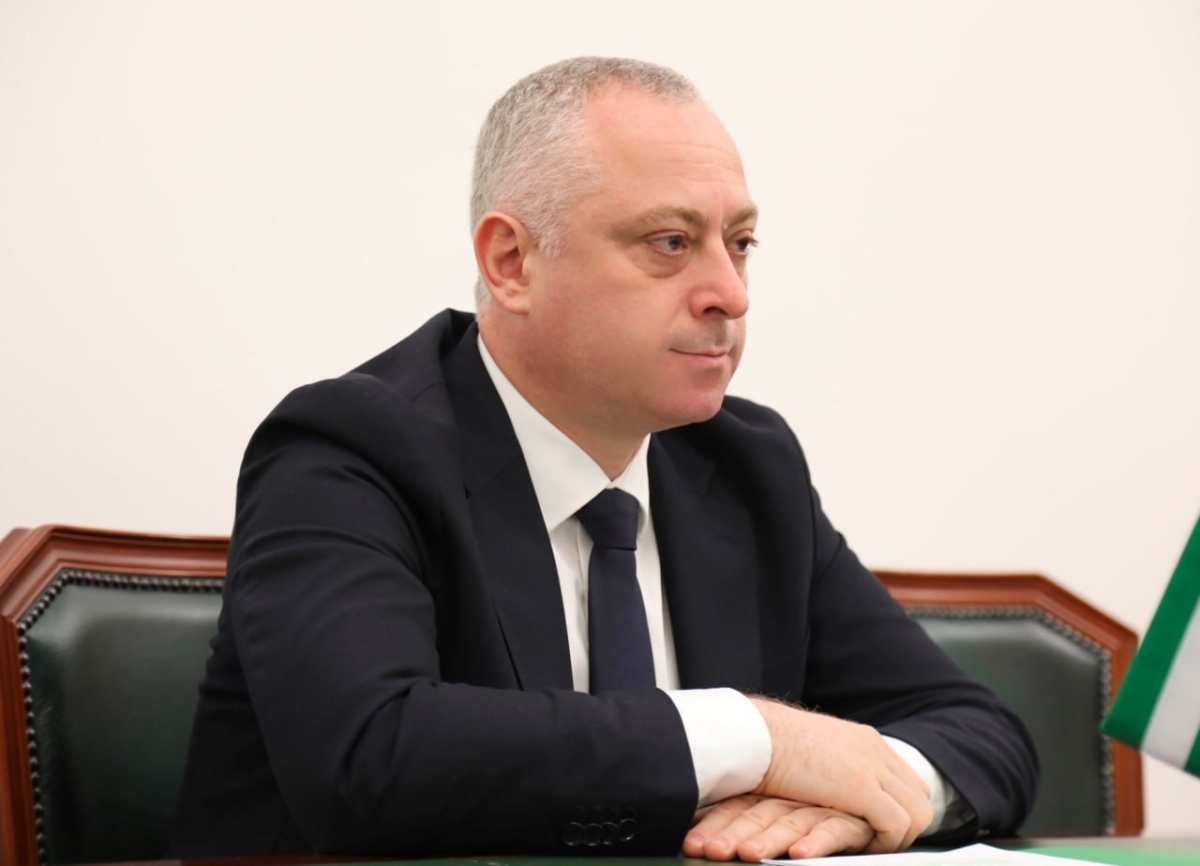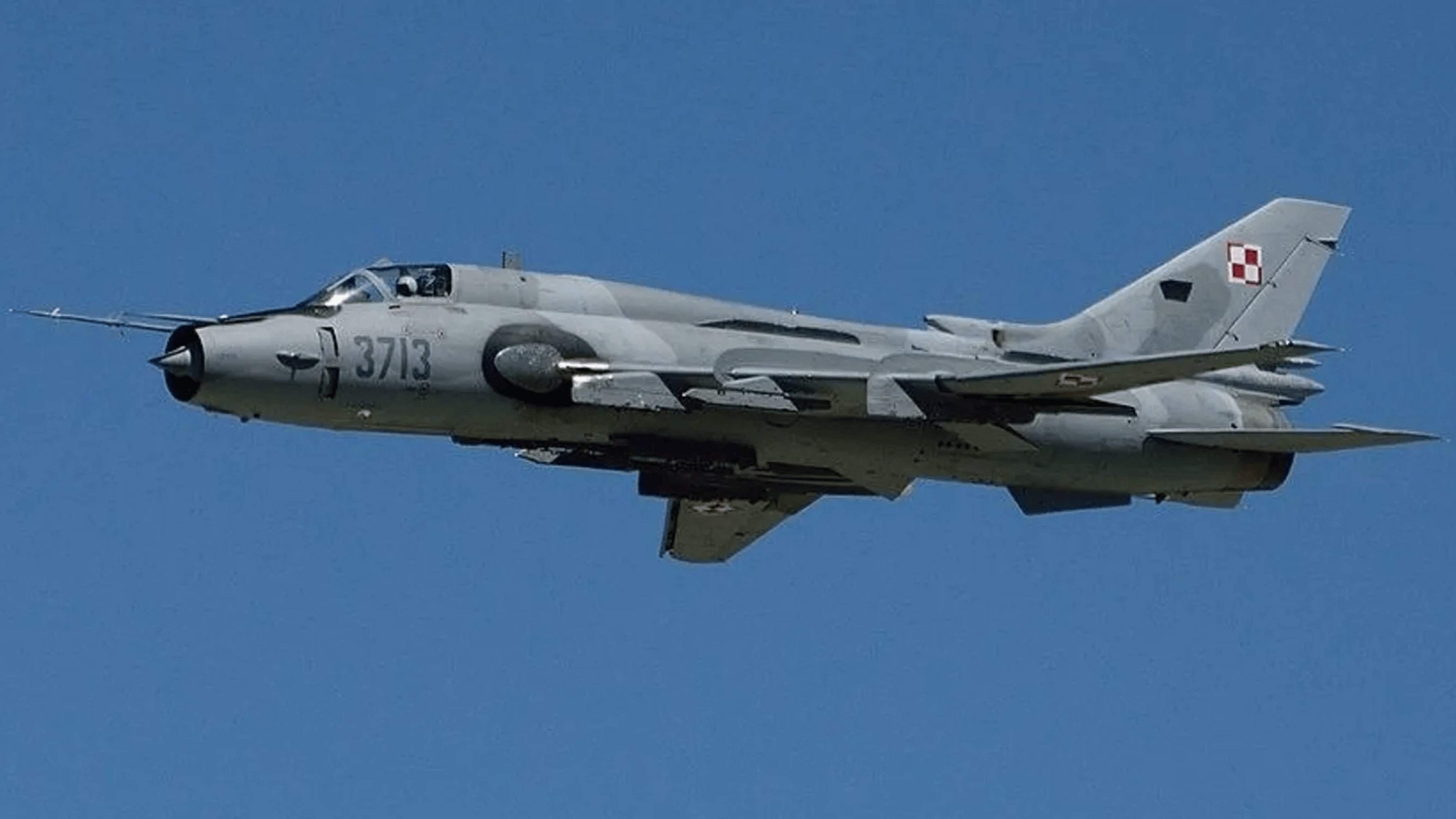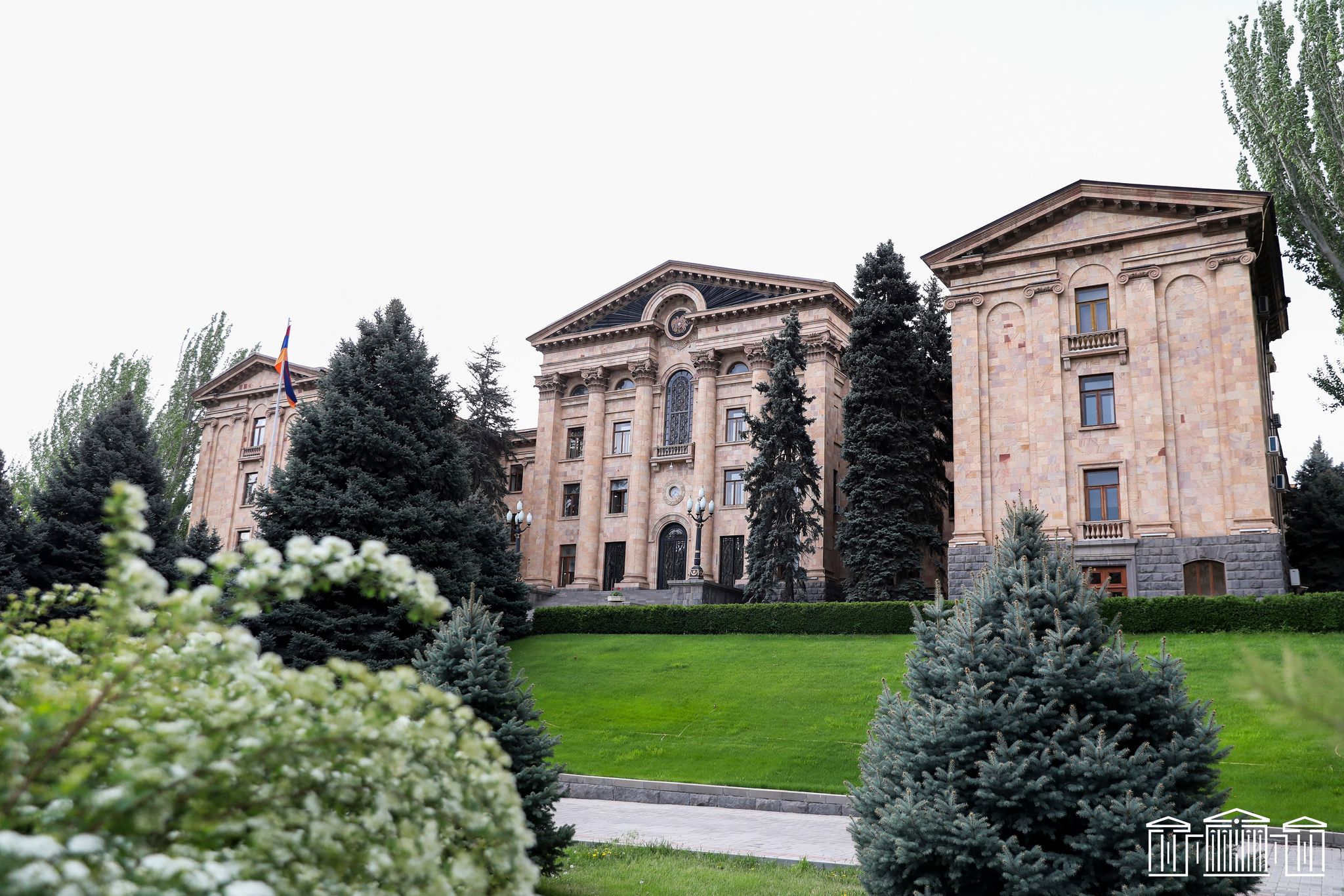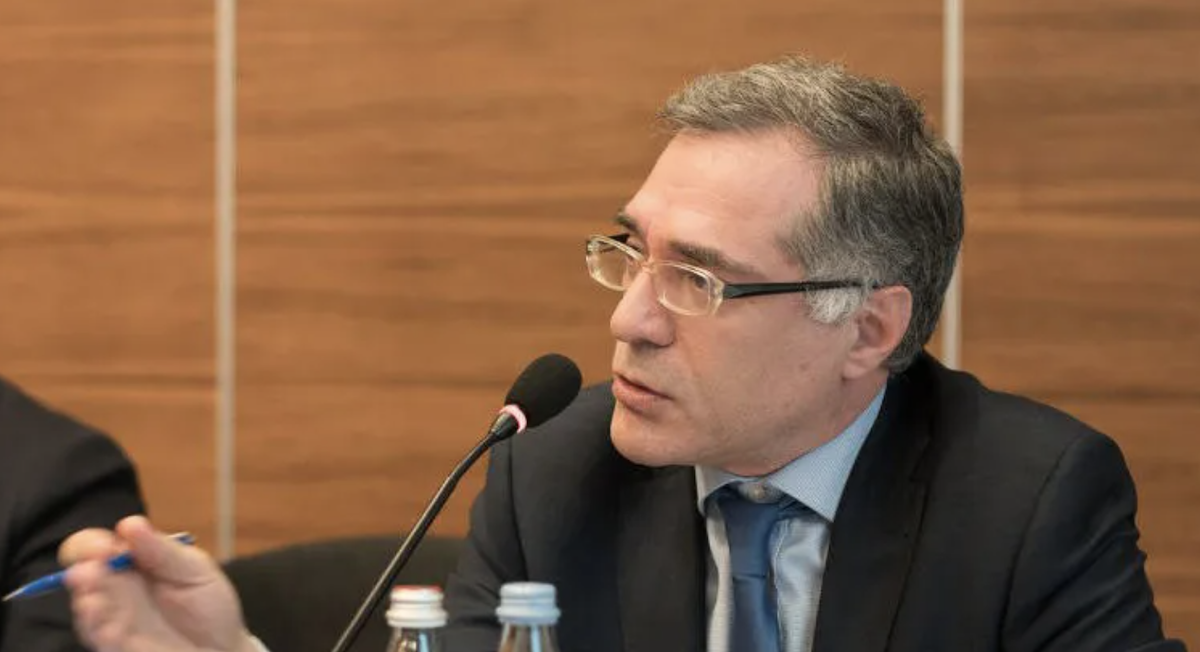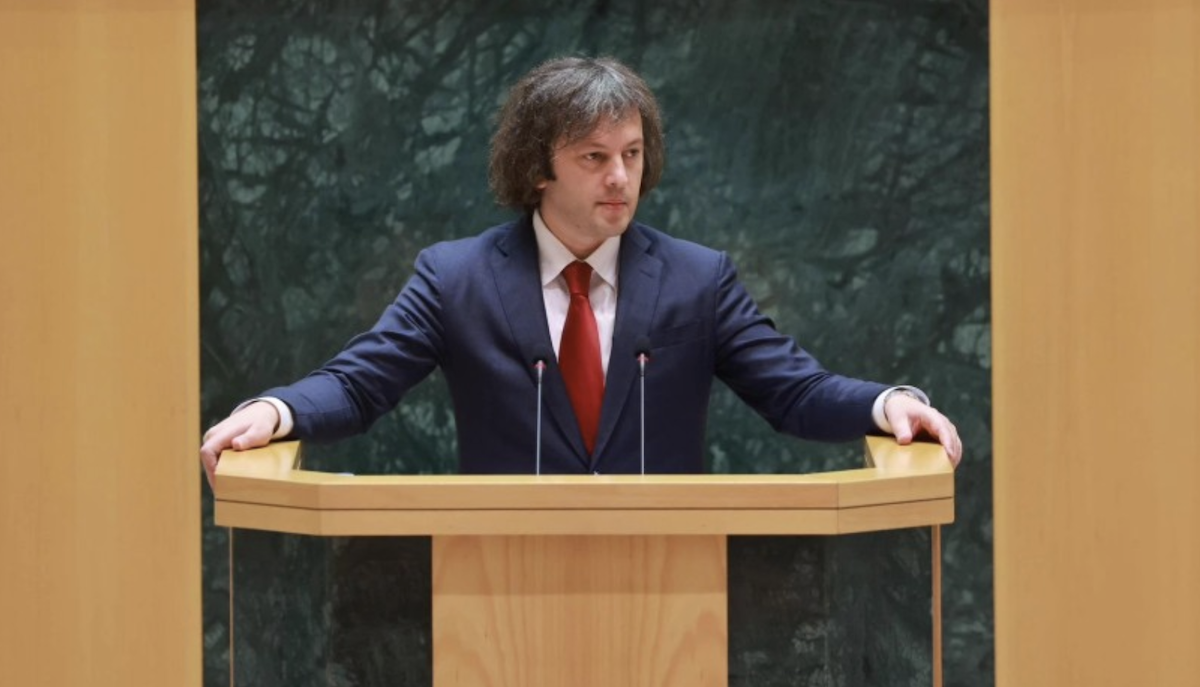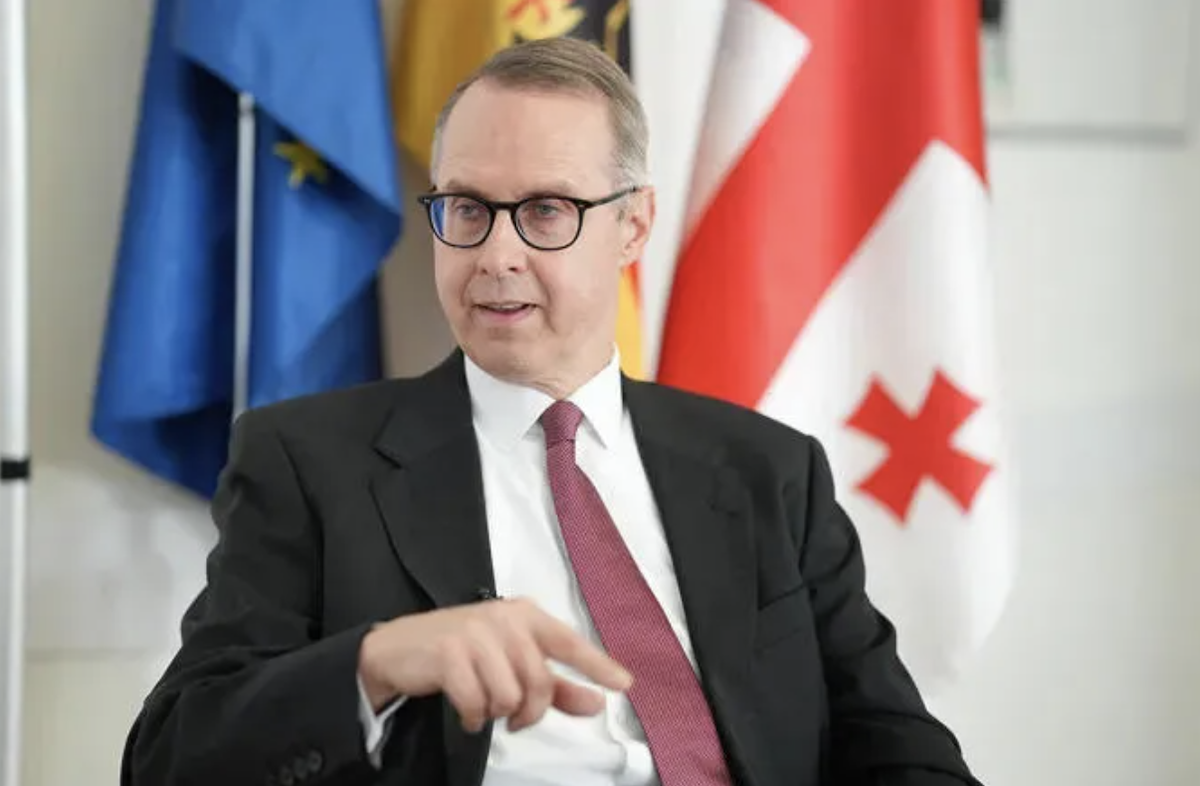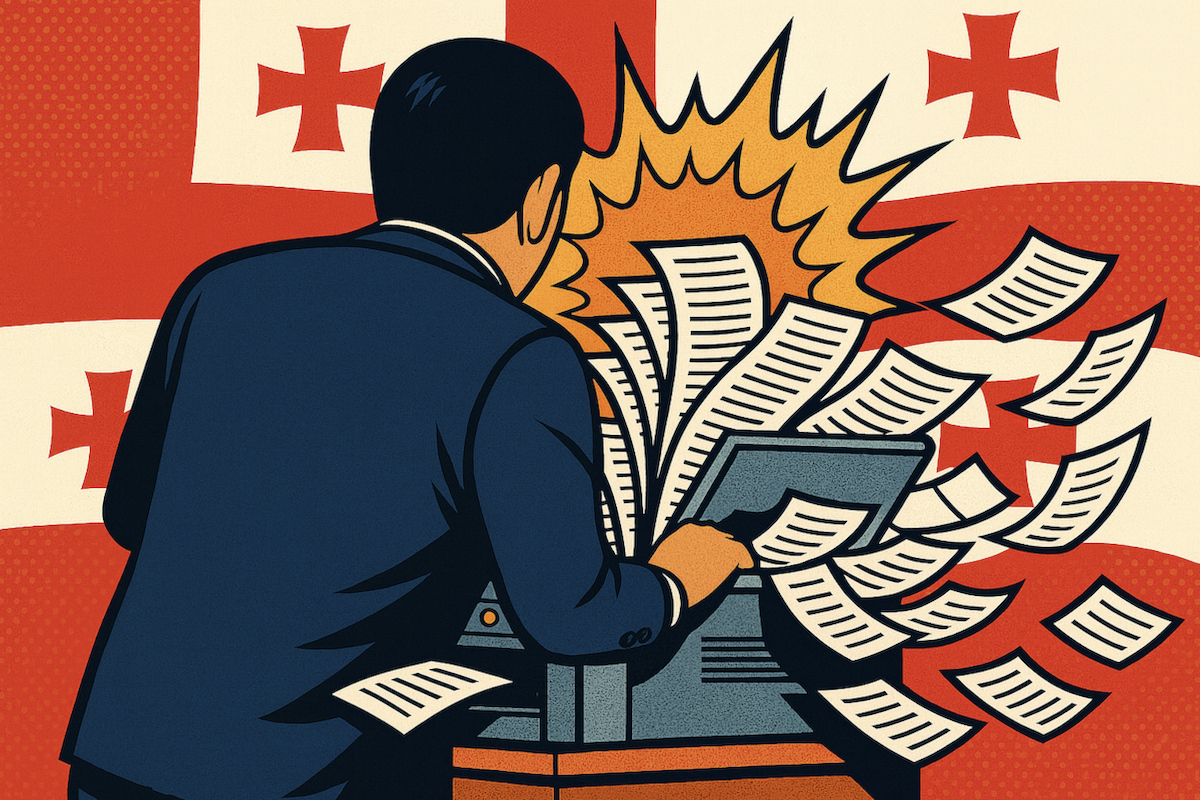“Armenia should not cut military spending during army reform,” expert says
Armenia defense spending 2026
Armenia’s government has approved the state budget for 2026, setting spending at 3.63 trillion drams (around $9.5bn), 5% more than in 2025.
However, defence spending has been cut by 15.2%. In 2026, the defence ministry will receive 563.1bn drams (nearly $1.5bn) — about $265m less than the previous year.
Military analyst Leonid Nersisyan said defence funding should continue to grow in the coming years.
“At this stage we cannot afford to cut the budget. The army is in a phase of transformation — both in terms of reforms and procurement. Growth should remain strong for at least a few more years. It is important that the budget increases, even gradually, every year,” he argued.
- 18 months instead of 24: Armenia debates shorter mandatory military service
- “Azerbaijan has always been as much a brotherly state for the CSTO as Armenia,” says Pashinyan
- “Armenia without Russian boots”: calls grow for withdrawal of Russian military base
Pashinyan explains defense cuts
Armenian prime minister Nikol Pashinyan told parliament that the government had “disproportionately, sharply” increased defence spending in 2025, so no further rise is planned for next year.
“In 2025 we had significant defence expenditures. Part of that spending was used to pay off debts and obligations, including in the defense sector,” Pashinyan said.
He explained that the government considered it reasonable to repay debts scheduled for later — in 2030 or 2035 — in advance, in order to reduce the debt burden. He added there were other factors behind the cuts, which he was ready to discuss with MPs in a closed session.
“Our policy not only poses no threat and does not make our security system vulnerable or cause problems, but on the contrary allows for natural development. And that development will continue,” the prime minister assured.
Comment
Military analyst Leonid Nersisyan said Armenia’s defence budget has reached about 6% of GDP, which he described as high, warning that exceeding this level could even be ‘risky’ for the country’s economy.
He noted he had not expected defence spending to grow by 20% as it did in 2025, since projected economic growth was not as strong as in previous years.
Still, he argued that with army reforms under way, the budget should not be cut. Growth should be maintained to allow the sector to develop, he said.
“Armenia could raise defence spending by 5% without major disruption and without harming the economy, since growth would offset it,” Nersisyan said.
According to the analyst, defence spending should have been raised by at least 3%, matching “the level of projected inflation”.
He argued that increasing the defence budget also helps boost the army’s standing:
“The more money the army has, the more it develops and the more opportunities appear. Naturally, it also becomes more attractive to people.”
Nersisyan stressed that how the money is spent matters — whether it benefits the economy:
“We need to make sure most of this money stays in the country. Buying weapons abroad cannot drive economic growth, it is just spending. But purchases from local producers bring no losses.”
He added that Armenia’s defence industry is “only just getting on its feet” and it would take years before it becomes “a functioning mechanism” with the capacity to enter foreign markets.
As for Azerbaijan’s defense spending, the expert said Baku plans to raise it by 3% in 2026:
“This means that in a sense Azerbaijan is reducing defense spending. Inflation there is about 5.5–6% a year, so the increase will be lower than expected inflation.”
He noted that in 2025 Baku had not planned to increase defense spending, keeping it at $3.7bn, but later changes were made:
“Azerbaijan’s defense budget was initially set at twice the size of Armenia’s. President Aliyev decided to add another $1bn from the oil fund. There was no other way to boost it. That means in 2026 They will have to dip into reserve funds.”
Armenia defense spending 2026










